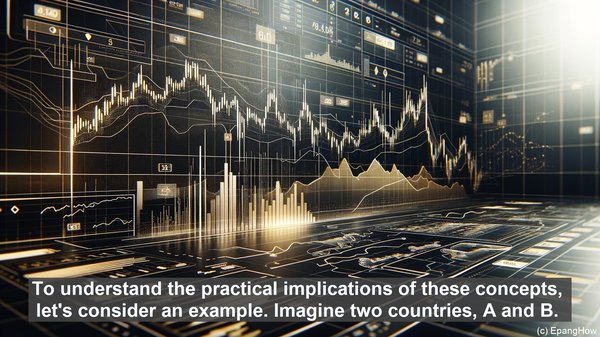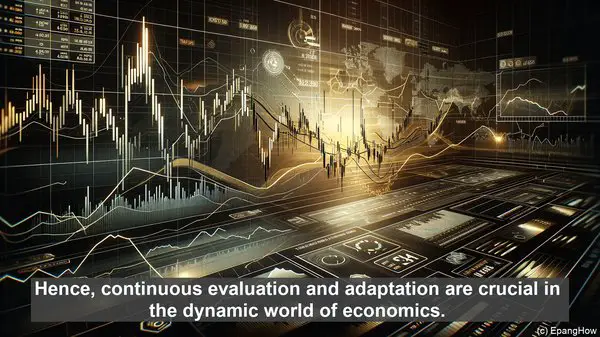Introduction: The Significance of Advantage in Economics
Hello everyone! Welcome to another insightful article. Today, we’ll be exploring the intriguing world of relative advantage and absolute advantage. In the field of economics, understanding these concepts is vital as they form the basis for decision-making, trade, and specialization. So, let’s dive right in!
Defining Relative Advantage: The Comparative Perspective
When we talk about relative advantage, we’re essentially looking at the efficiency of one option in comparison to another. It’s a comparative concept that takes into account the opportunity cost. In simpler terms, it’s about evaluating the benefits and drawbacks of two choices and determining which one offers a better outcome, given the available resources. Relative advantage is often associated with the idea of comparative advantage, which is the ability of a country or entity to produce a particular good or service at a lower opportunity cost than others. This concept is the cornerstone of international trade, as it encourages countries to specialize in the production of goods or services in which they have a comparative advantage.

Understanding Absolute Advantage: The Standalone Efficiency
On the other hand, absolute advantage focuses on the sheer efficiency of one option over another. It’s not about comparing two choices; instead, it’s about assessing the productivity of a single option. If a country or entity can produce more of a particular good or service using the same resources or produce the same amount using fewer resources, it has an absolute advantage in that area. Absolute advantage is a more straightforward concept as it doesn’t involve the opportunity cost or the comparison with other options. It’s about being the best in terms of output or resource utilization.

Real-World Applications: How Relative and Absolute Advantage Shape Decisions
To understand the practical implications of these concepts, let’s consider an example. Imagine two countries, A and B. Country A has a higher absolute advantage in producing both wheat and cotton, as it can produce more of both using the same resources. However, when we look at the opportunity cost, we find that Country B has a lower cost of producing wheat compared to cotton, while Country A has a lower cost of producing cotton compared to wheat. This means that Country B has a comparative advantage in wheat, while Country A has a comparative advantage in cotton. Based on this, it would be beneficial for both countries to specialize in the production of the good in which they have a comparative advantage and then engage in trade. By doing so, they can maximize their overall output and efficiency, leading to mutual gains.
The Complexity of Advantage: Factors to Consider
While the concepts of relative and absolute advantage provide valuable insights, it’s important to note that real-world scenarios are often more complex. Various factors, such as technological advancements, resource availability, and market dynamics, can influence the advantage. Additionally, the concept of advantage can evolve over time. A country that has an absolute advantage in a certain area today may lose it in the future due to changing circumstances. Hence, continuous evaluation and adaptation are crucial in the dynamic world of economics.
